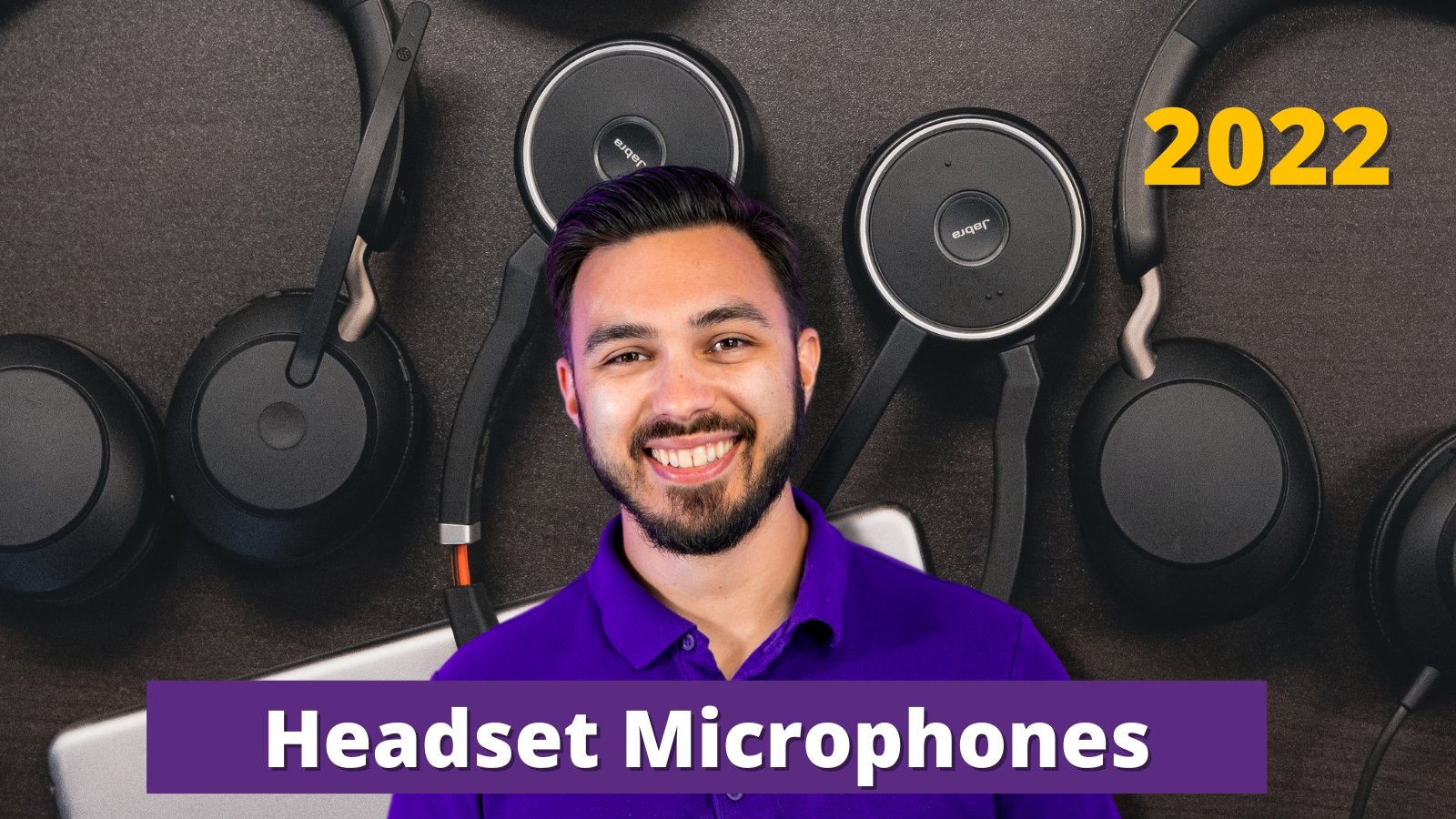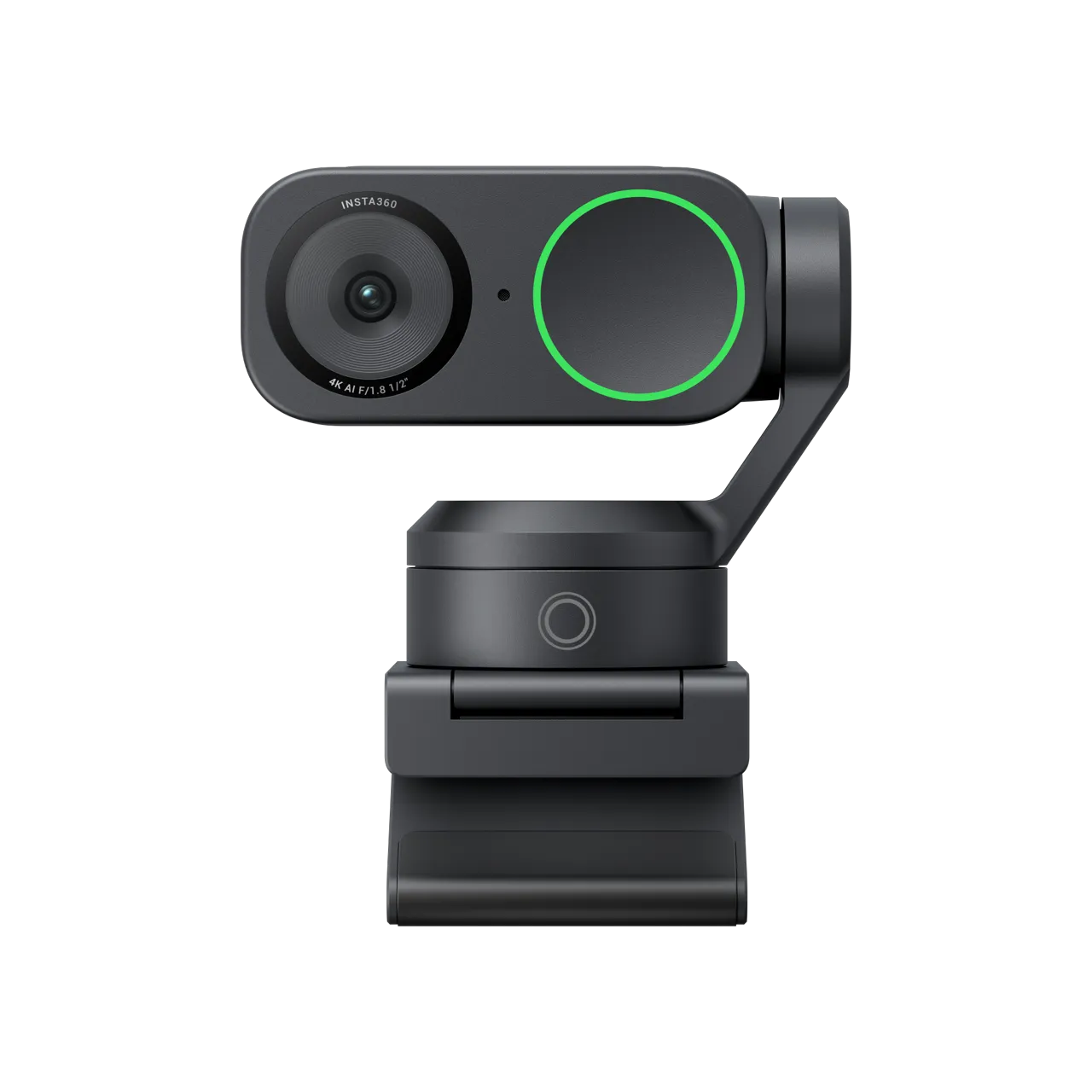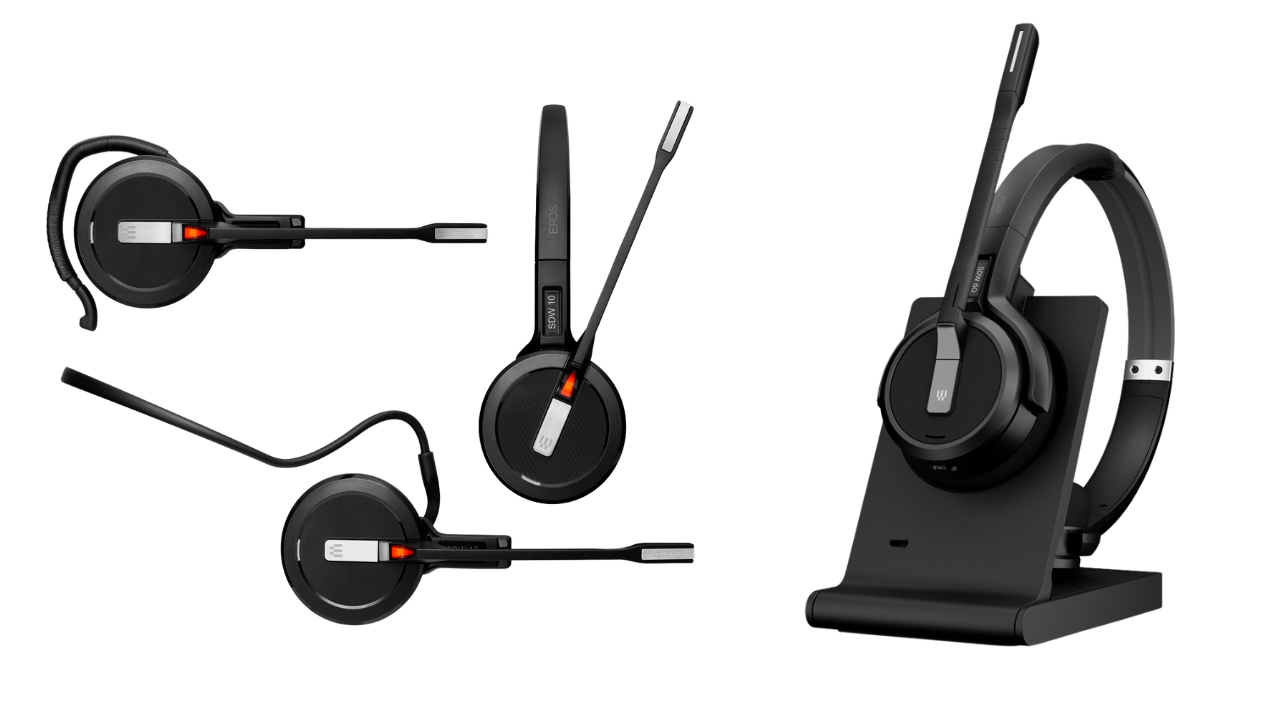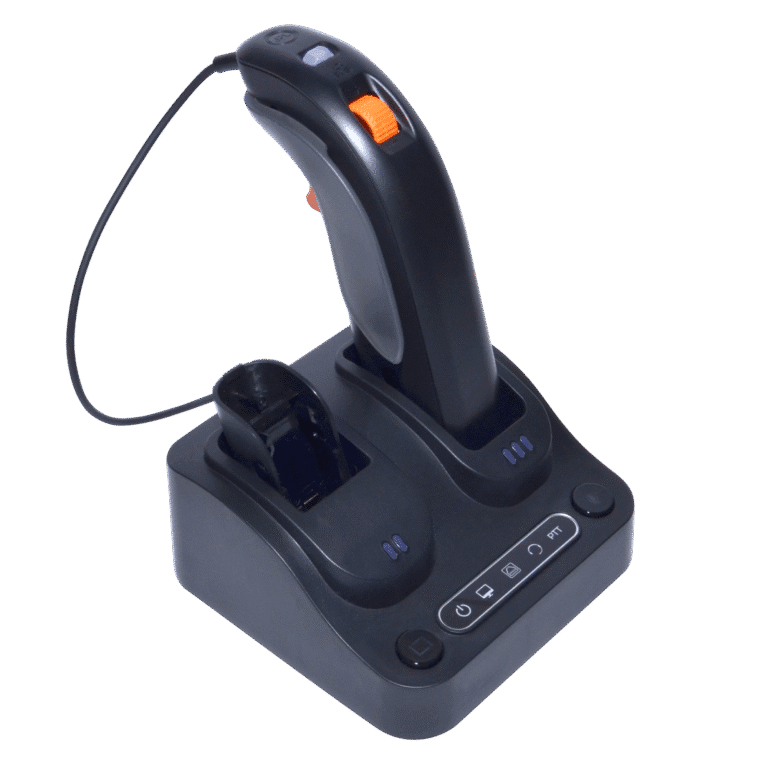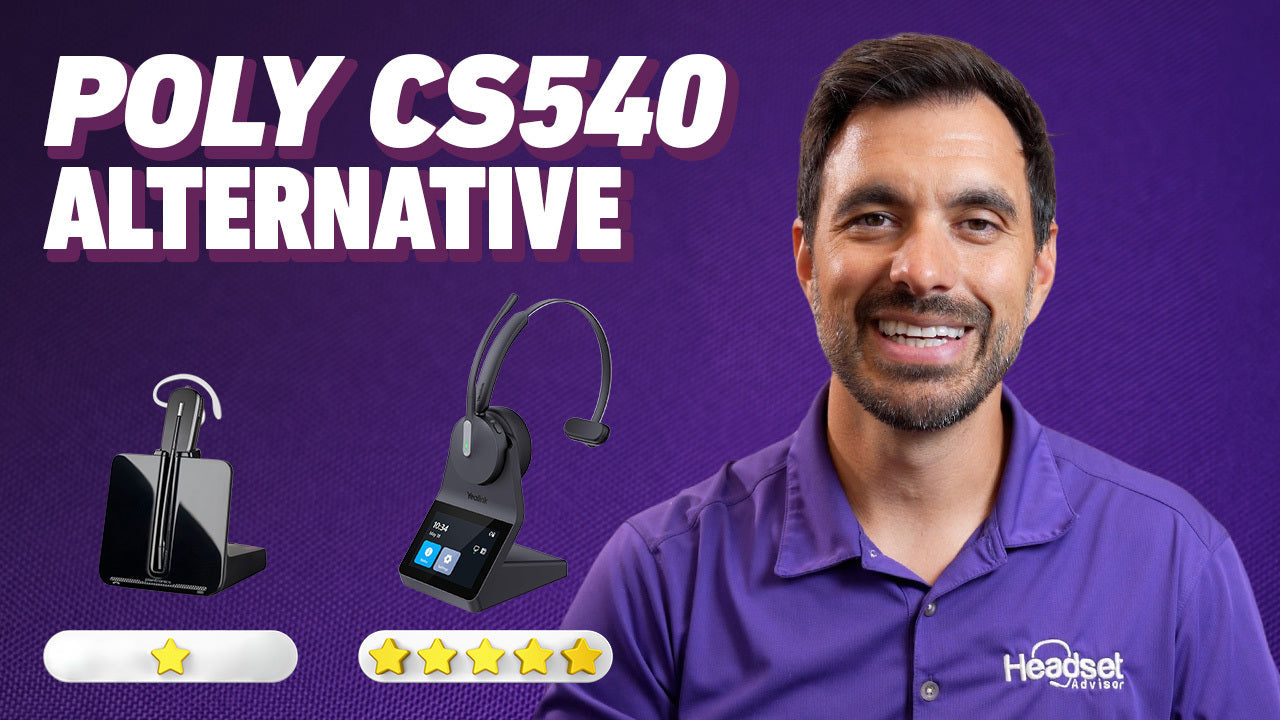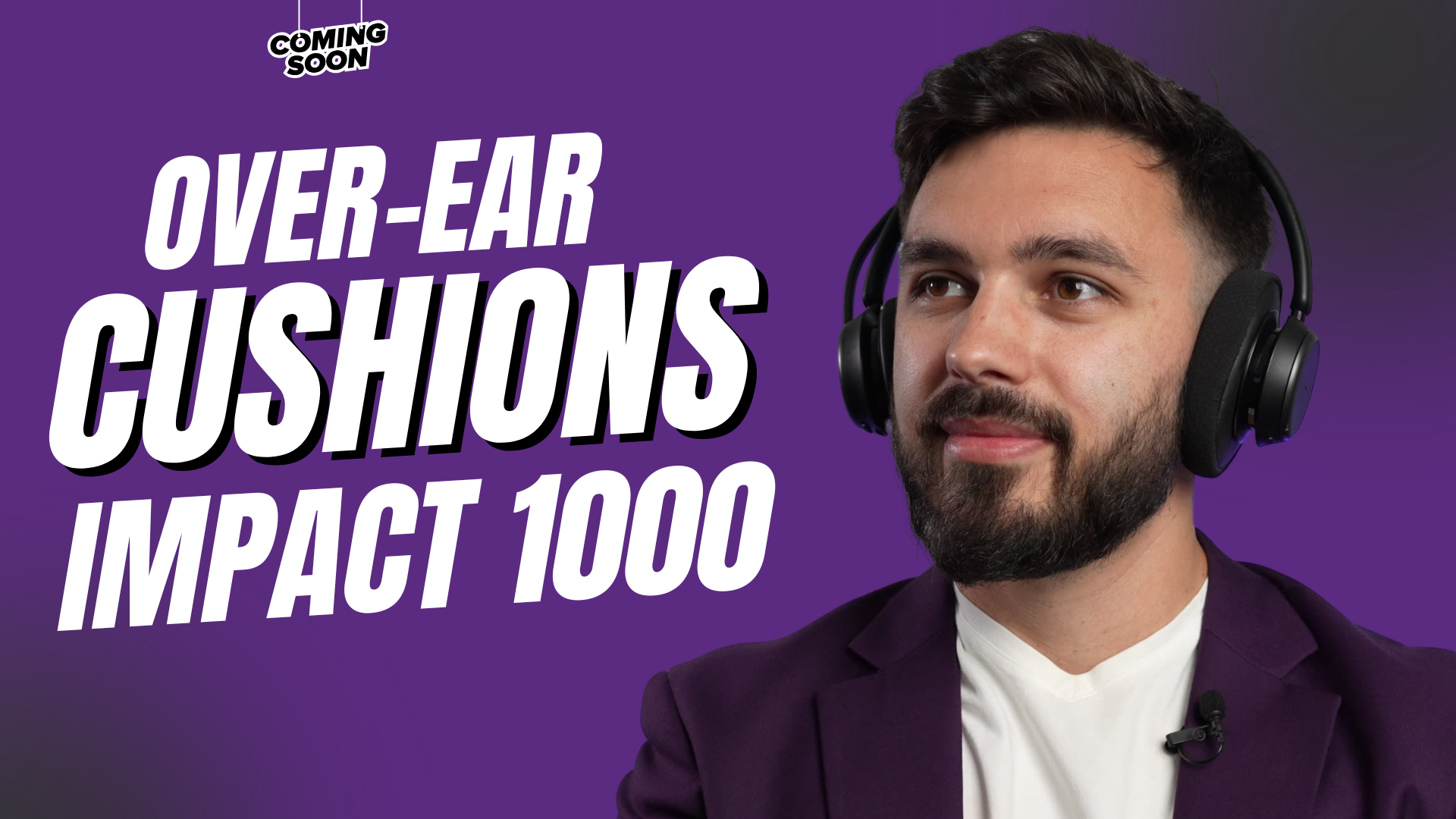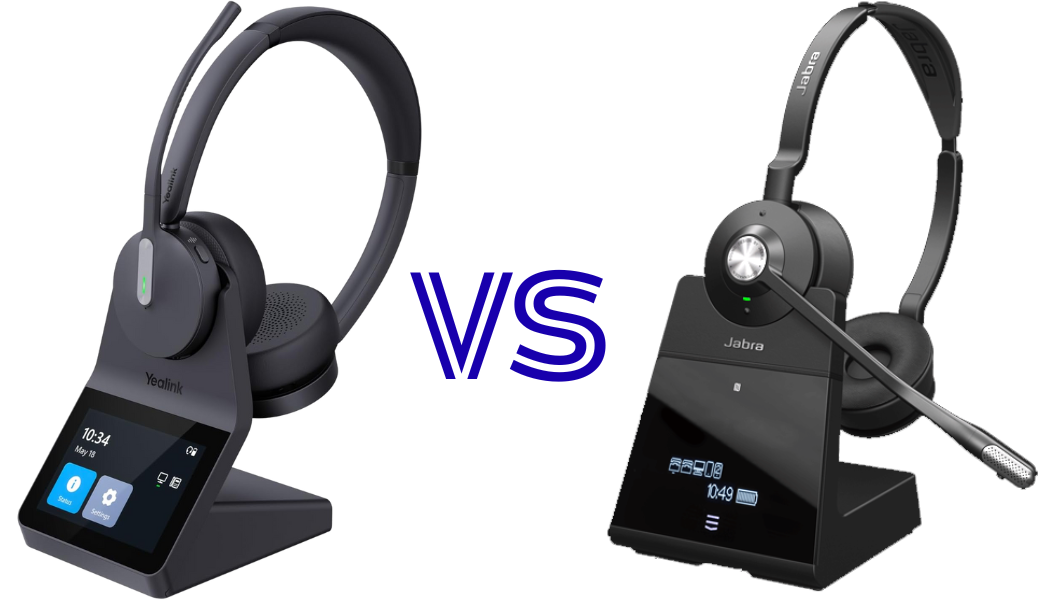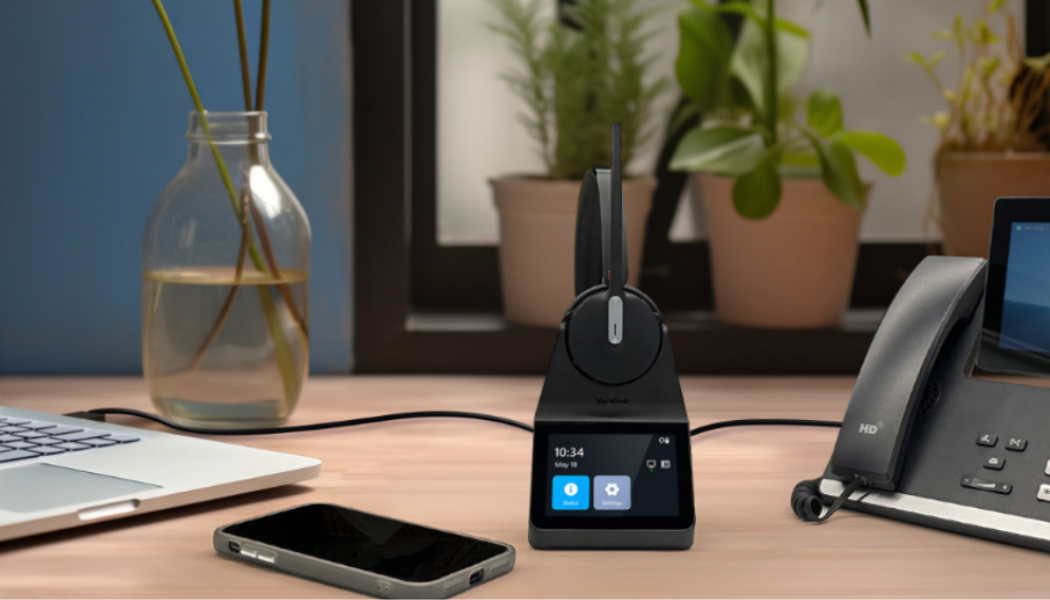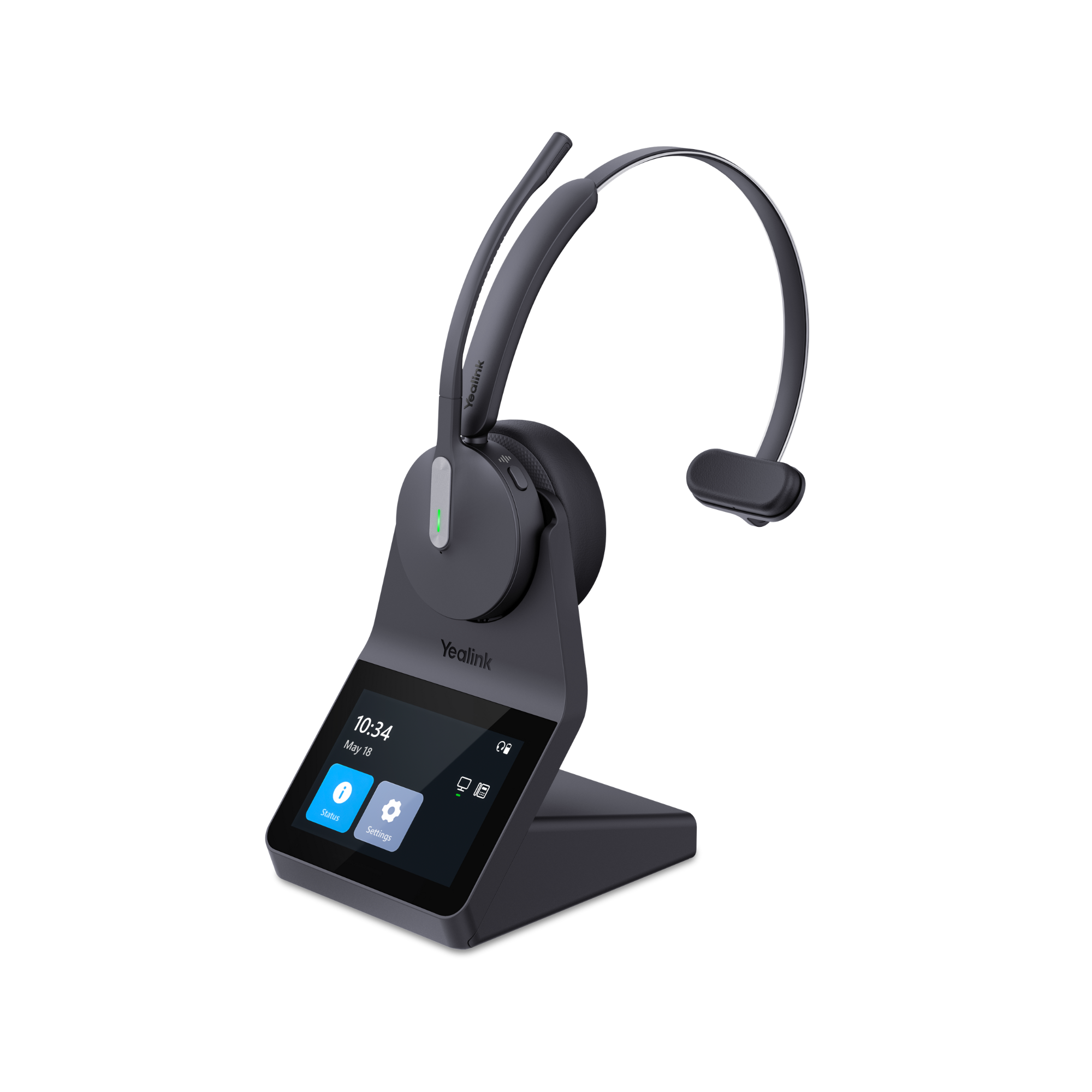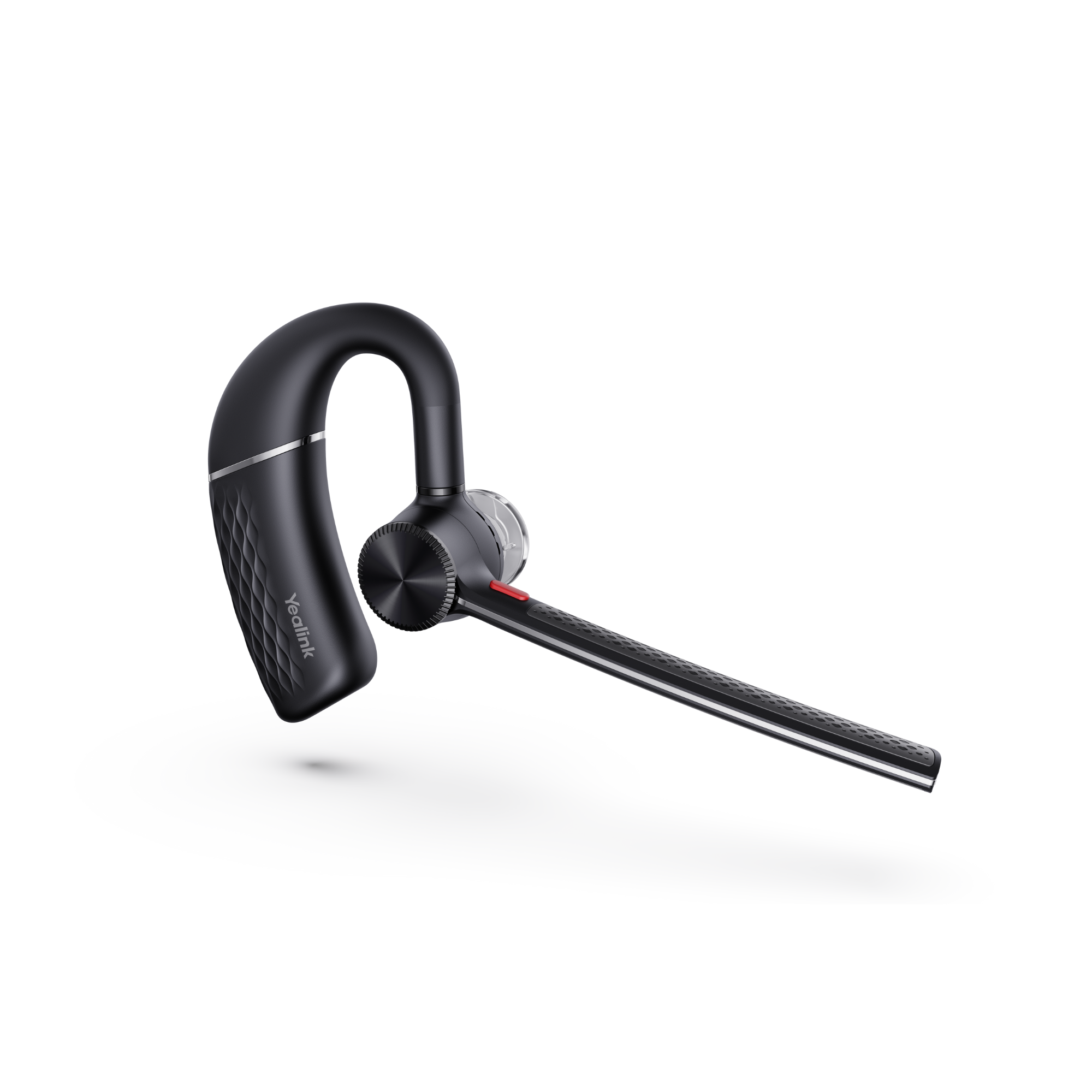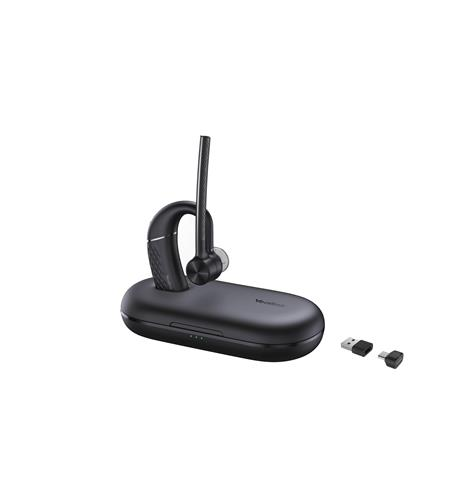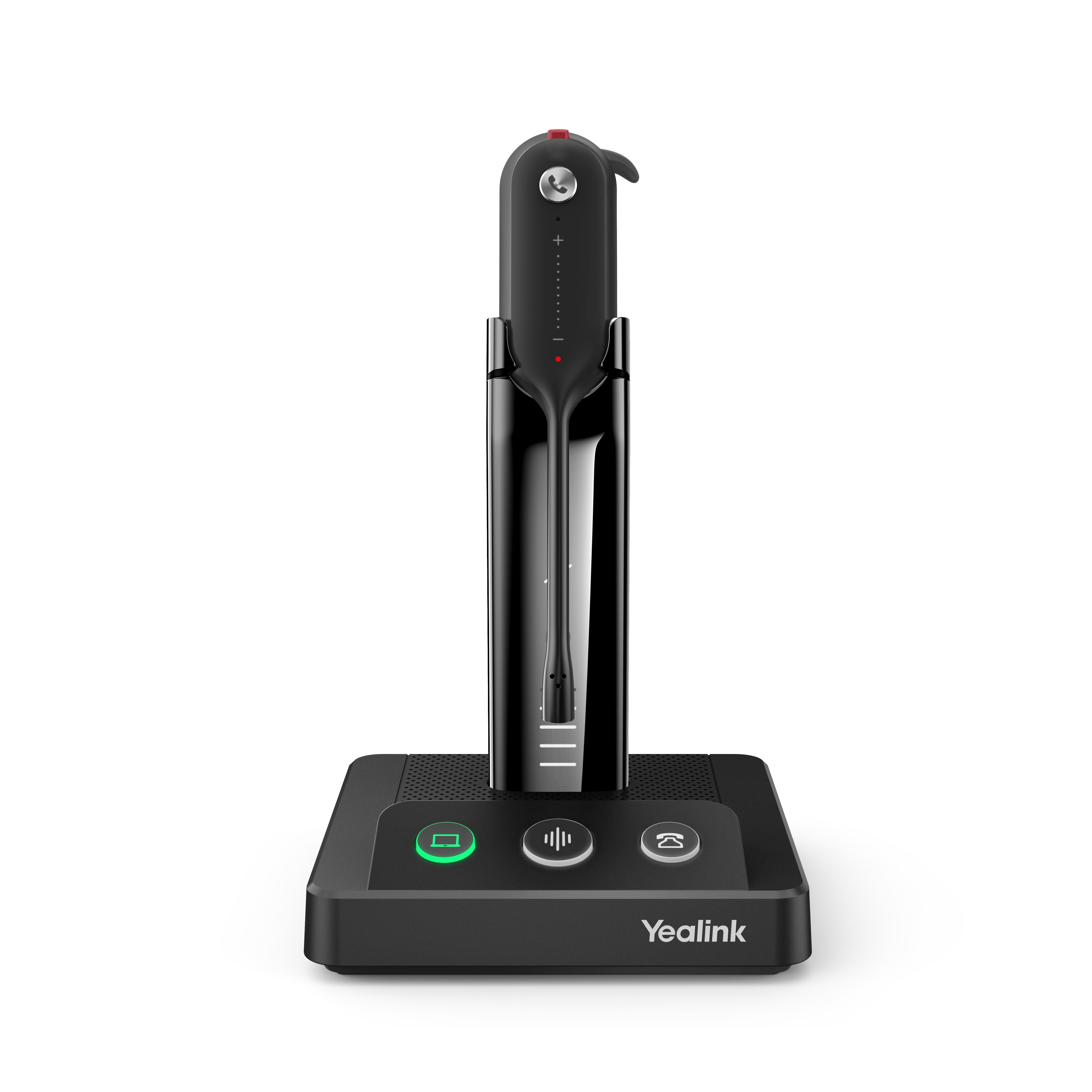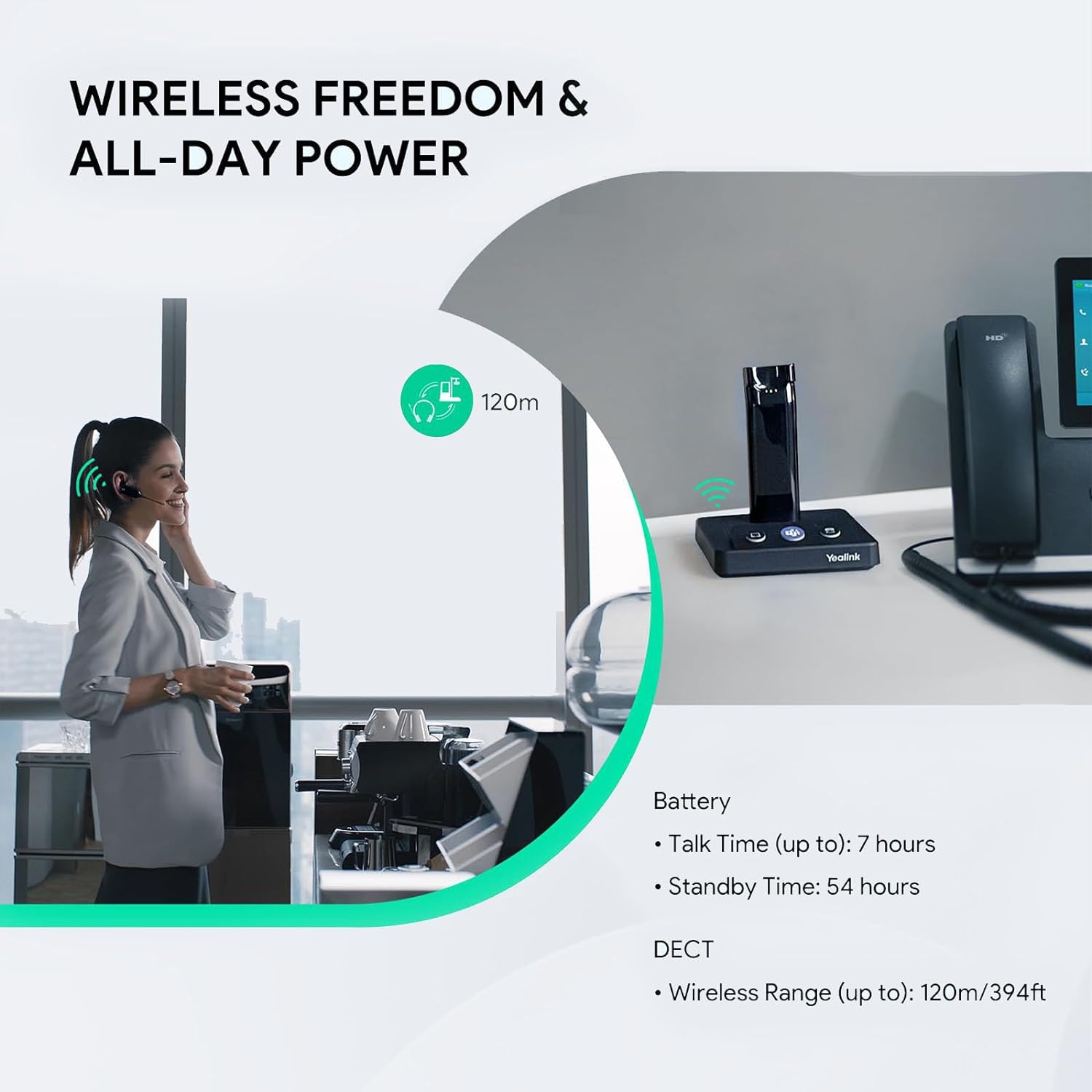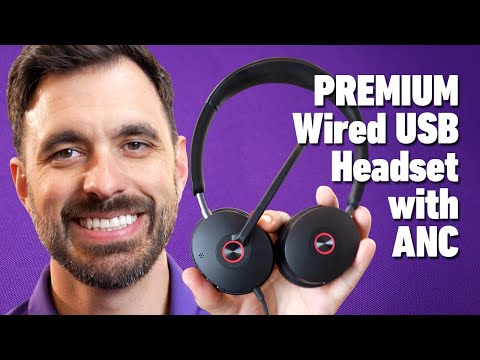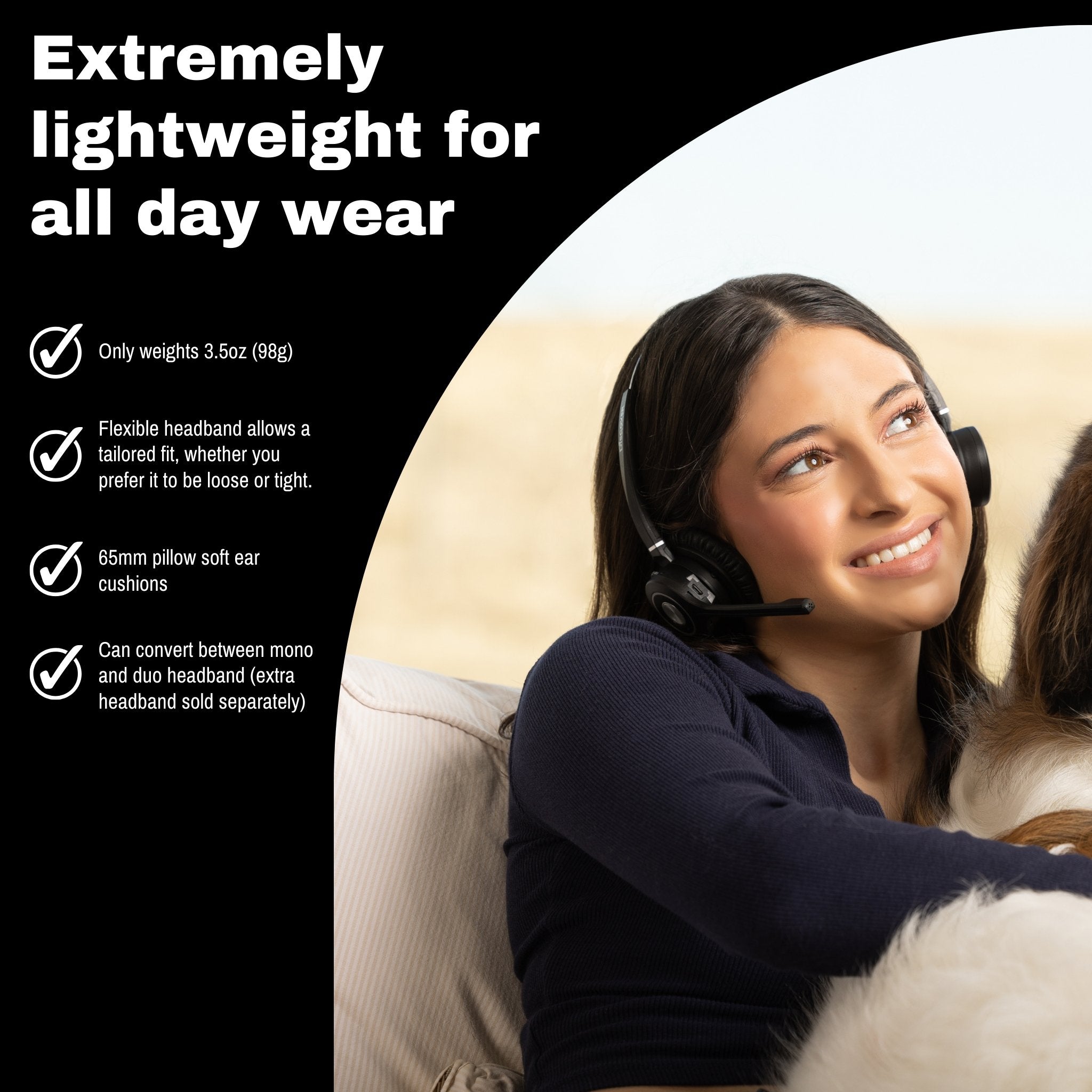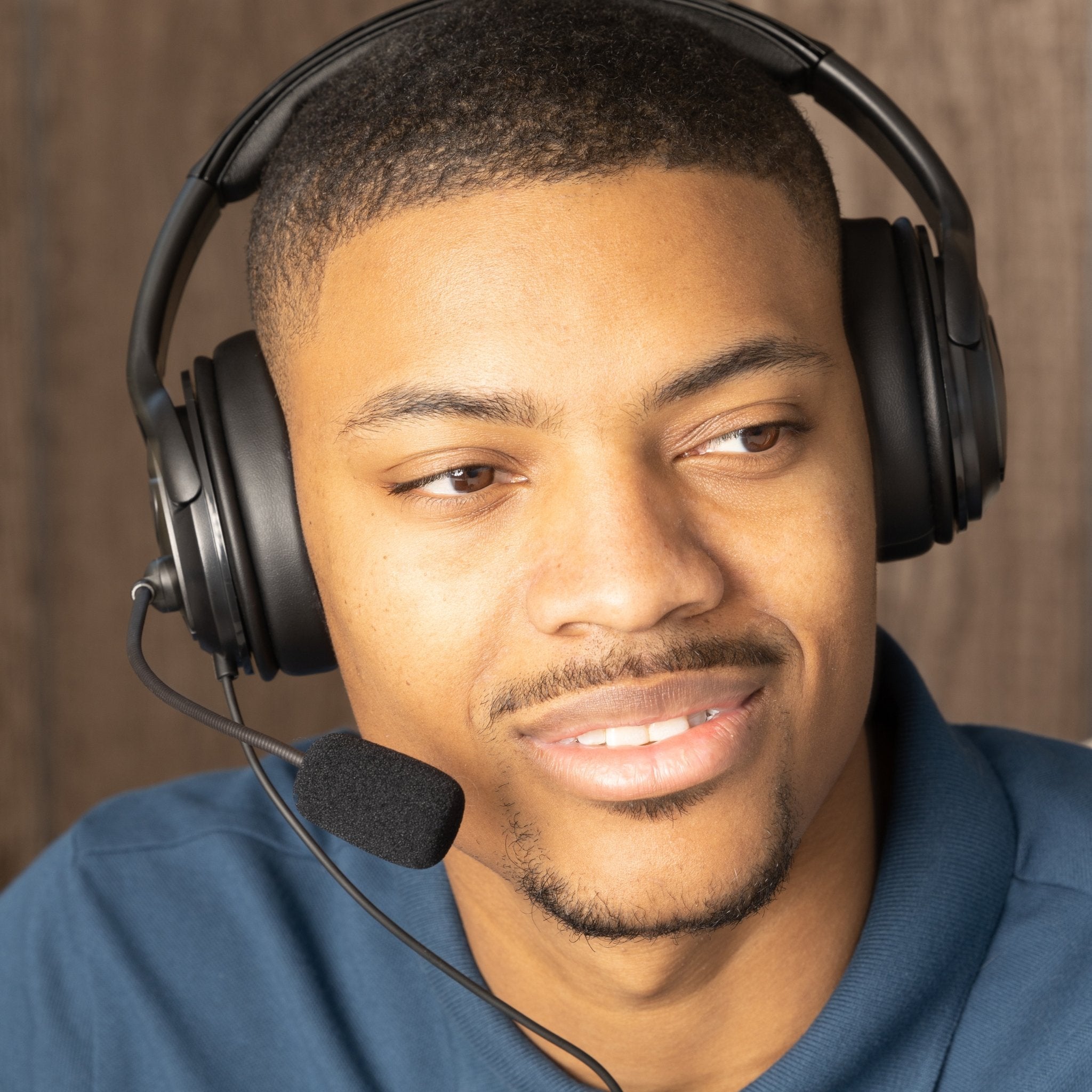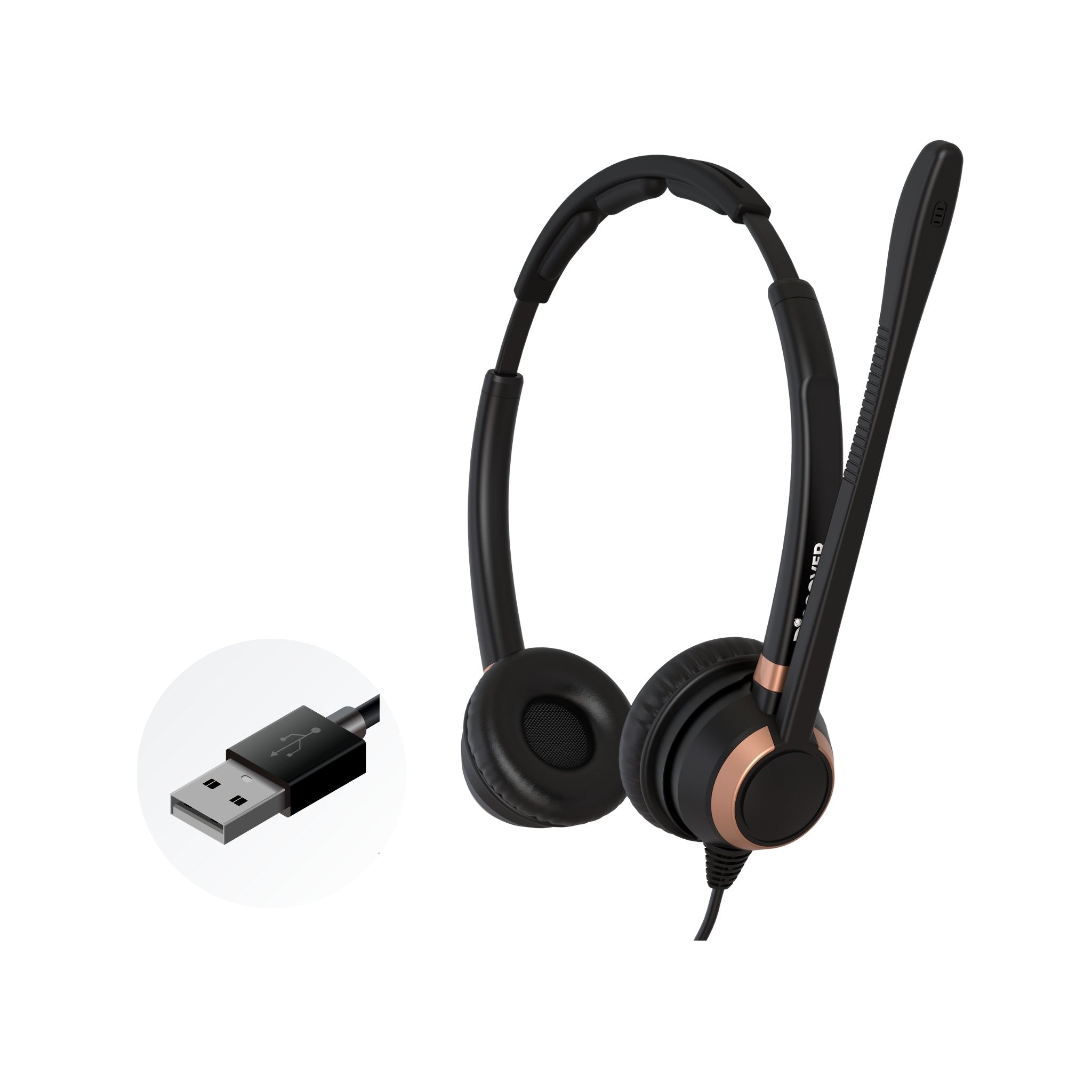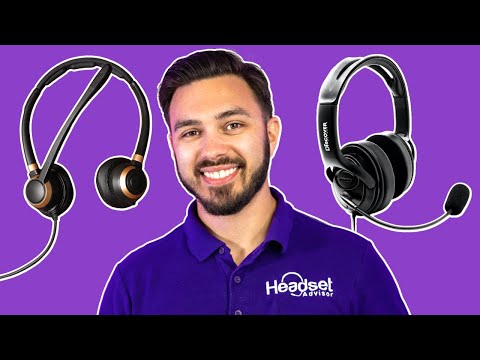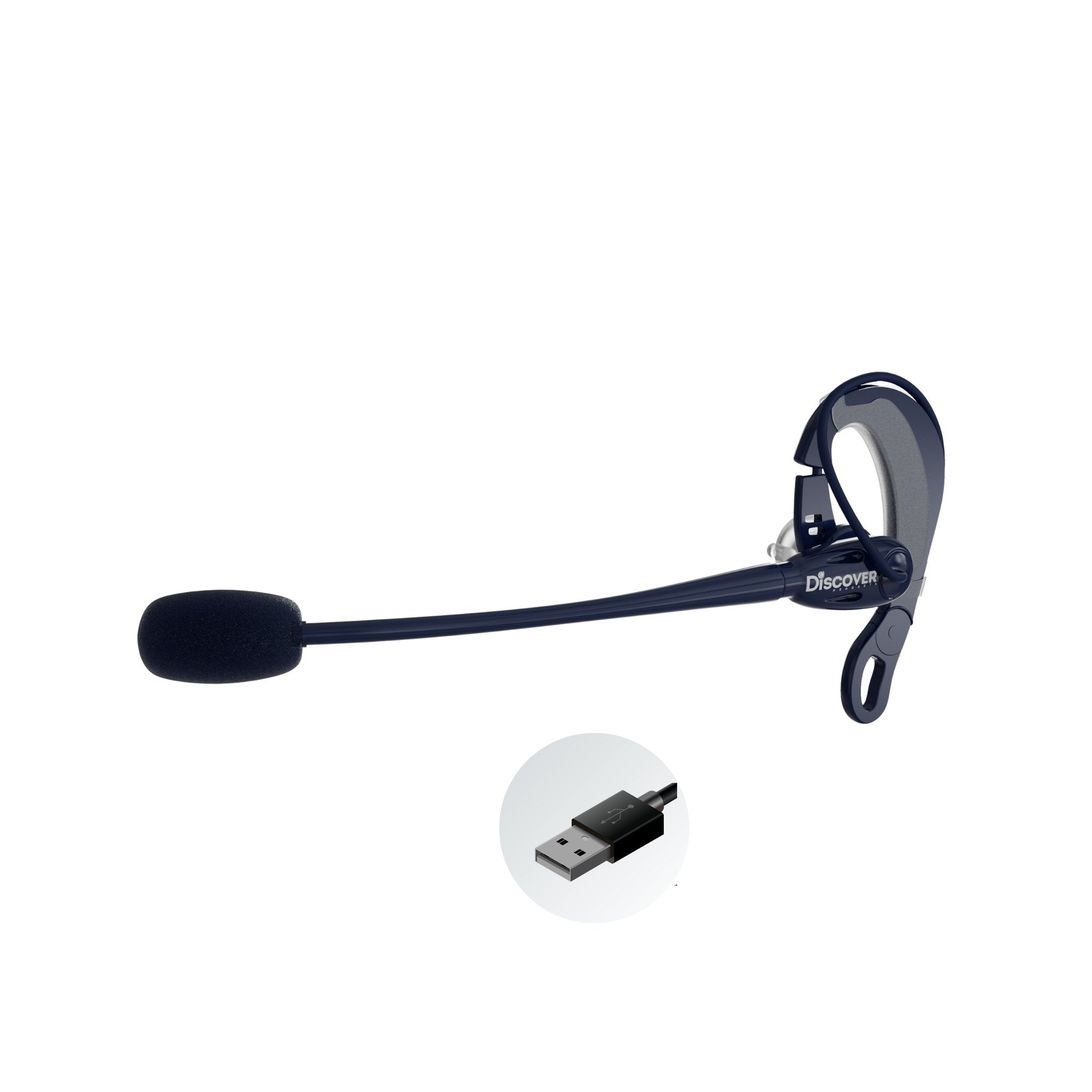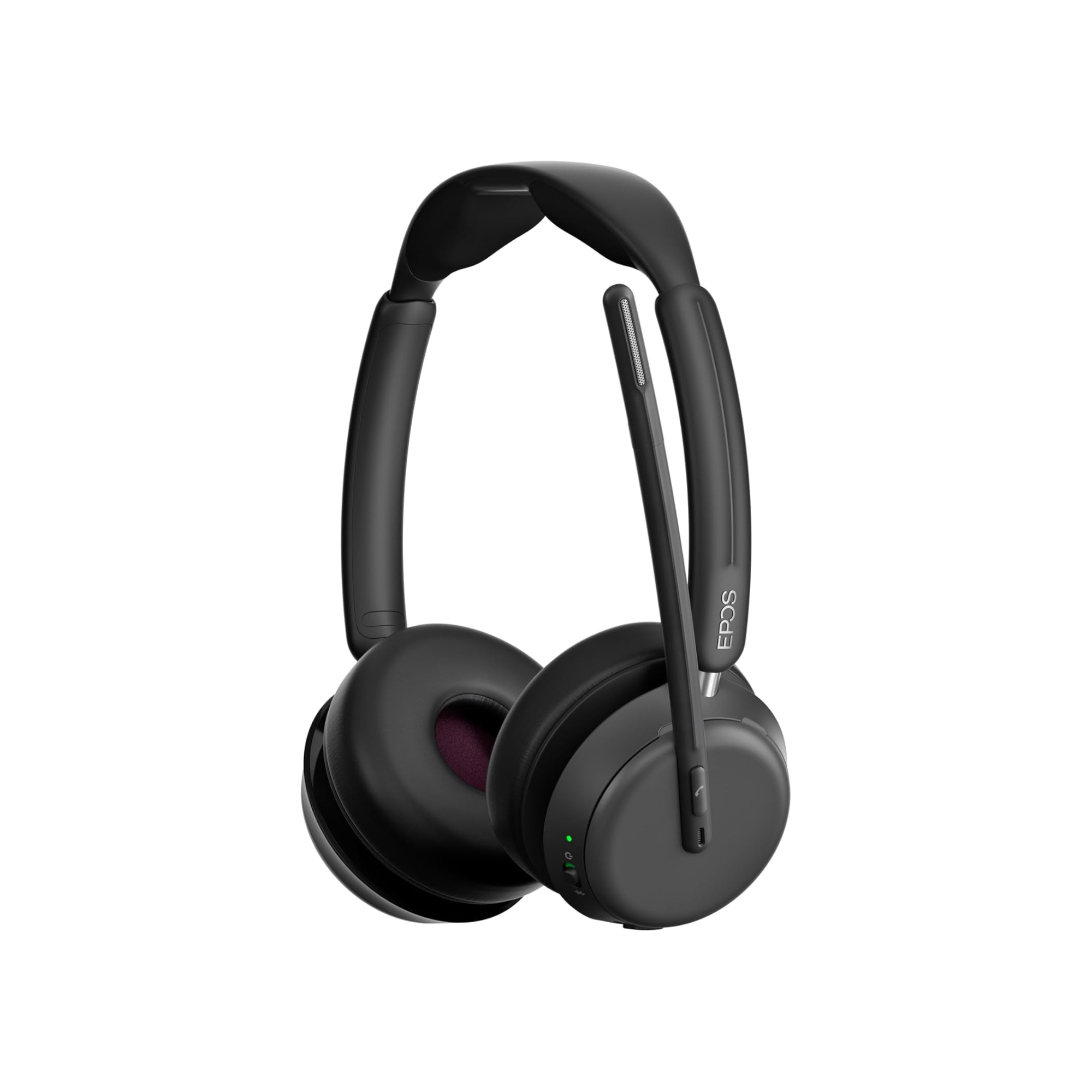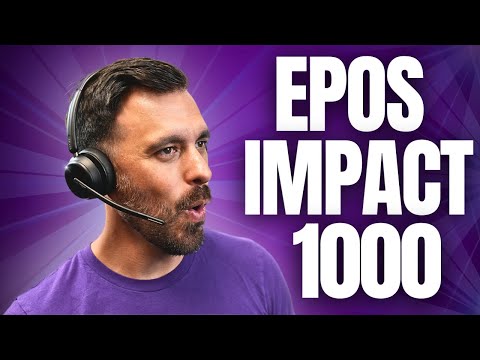If you use headsets for business, you need to be using those that give you sound quality that’s consistently loud, clear and professional. And the truth is, not all headsets can provide that.
One reason why that’s true is there are differences in the microphones used in headsets. And in the blog, I’ll be talking about headset microphones past and present so that when you’re finished reading this, you’ll be a little more informed about headset microphones, and the important role they play.
Let’s take a look back, and also a look at the present, to learn more about headset microphones, how they’ve changed, and why they’re important for the voice and video calls so common today.
Non-noise canceling microphones
Twenty years ago, Plantronics (now Poly) and GN Netcom (now Jabra), were the two dominant brands for business communication headsets. They mostly offered wired headsets, though wireless models were beginning to make their way onto the scene.
And within those wired headsets you could choose from two different types of microphones; noise canceling, and non-noise canceling. In this segment, I’ll be talking about the non-noise canceling microphones.
Plantronics, and Jabra both had their names for these non-noise canceling microphones. Plantronics referred to theirs as “Voice Tubes”, and GN
Netcom referred to theirs as “Sound Tubes” Both looked very different, but both did the very same thing. That is, not removing background noise.
Voice Tubes

The Plantronics Voice Tubes were easy to identify, because they were a clear plastic tube where the noise canceling models weren’t. And even though they were made from clear plastic, later versions were available in rainbow colors called Attitubes. These were designed for people who wanted to dress up their headset, maybe with their favorite color. Purple was one of the more popular colors.
Voice Tubes were attached by sliding it over the headset microphone wand. And if you needed to change the microphone location, or position, you could slide the tube outwards, or inwards to get it positioned right. This was helpful because everyone has a different size, and shaped head, and mic position is important if you want optimum sound quality.
A common problem with Voice Tubes was it was fairly easy for the tips to get clogged with debris, and when I say debris, I really mean small particles of that ham sandwich you just had for lunch.
Each Voice Tube had a very small mesh screen on the end, and when those little bits of ham, mayo or crisp bits of lettuce found their way onto that screen, sound was dampened.
And In more extreme cases, with say, roast beef finding its way onto the lunch menu, you could have a full blockage with no voice sound coming through the Voice Tube at all. The problem was, however, easy to resolve, but it caused a lot of sound related problems, some confusion and even added expense.
Sound Tubes

GN Netcom headsets were later migrated to the Jabra name, who offered headset models with Sound Tubes. And like the Plantronics Voice Tubes, these microphones also didn’t remove background noise. And though they did the same thing, they looked a lot different.
Unlike the Voice Tube that was an approximate 4 inch long tube, the GN Sound Tube headsets had a microphone boom that was metal, and had a very small, black roundish tip on the end. Like the Voice Tube, this design also proved less than perfect because those little round black tips I just mentioned, well, they’d sometimes fall off and because they were so small, they were easy to lose.
If you were unable to replace those little tips, you’d end up with a headset with a slender steel mic boom that was open on the end. It looked a bit funny without that little black tip, and because it was open on the end, that put it at risk for debris to find its way into the opening.
Both of these styles of microphones were designed for specific uses such as:
- People who work in a quiet, private office where noise isn’t an issue
- People who work from home without children and pet noises to deal with while working
- People who work independently, and not around others.
- And of course people who work in an office with coworkers, but in an office that’s quiet.
So these headset microphones surely had their place because a lot of people used these non-noise canceling headsets. And some of those people worked in noisy environments where the background sounds,
including conversations, were easily heard by callers. That was likely due to them simply not knowing the type of microphone they were using.
And the last thing on non-noise canceling microphones is there are other headset microphones that look just like those that are noise canceling, but are also non-noise canceling. In other words, they look like a typical noise canceling microphone, but they don’t remove noise.
The point I’m trying to make is you can’t always go by the look of a microphone in determining if it’s noise canceling or not. Some manufacturers claim their headsets are noise canceling, but when put to the test, it’s easy to see they’re not. Buyer beware.
Let’s move on to noise canceling microphones, starting with the different types.
Noise canceling & Ultra noise canceling microphones
First, there are headset microphones that are referred to as noise canceling, and those that are labeled ultra noise canceling. I suspect super ultra noise canceling isn’t far off. In any case, the one thing that all those microphones have in common is they’re designed to remove background noise so your callers don’t hear it.
This is particularly important if coworkers in the background are talking about sensitive things such as financial, health and legal for example. Things you don’t want your callers to hear.
The first generation of noise canceling microphones used on business headsets were decent. They did what they were designed to do, which was, to remove background noise. But as you can imagine, some models did a better job than others.
That same difference exists today with some models clearly doing a better job. I know this to be true because we test many makes and models, and in doing so, we find it fairly easy to see those that do a superior job at reducing noise, and those that don’t.
Frankly, I never really saw a big difference between the noise canceling microphones, and those claiming to be “ultra” noise canceling. Maybe it was a marketing tactic to sell more headsets, I really don’t know.
But what I do know is the traction ultra noise canceling headsets were designed to get, I think fell short because the models that had it weren’t any more popular than those with standard NC microphones.
Today, business headsets, just like other devices, are benefiting from new technology. The degree to which business headsets reduce background noise has clearly improved over the models of 10-20 years ago.
Some headsets are using sophisticated algorithms, digital signal processing, artificial intelligence and a host of other technologies
All designed to provide excellent sound quality, and superior noise reduction. Two of the newer technologies that’s taken noise reduction to new heights include:
- Poly’s Acoustic Fence noise reduction technology
- Yealink’s Acoustic Shield noise reduction
Both of these microphone features are among the latest technologies available today, and they do a very good job. For me personally, I feel the Yealink noise reduction is the best on the market.
To give you an idea why I say that, I’d invite you to watch a short segment of a review video we did on the new Yealink WH62 Portable DECT wireless headset that features their Acoustic Shield technology. Fast forward to the 11:25 minute mark in this video to get right to the sound test.
We challenged the WH62 against the sounds of office noise, barking dogs, and of course our signature blender test. Unless my hearing has gone completely, I think the Yealink headset did a phenomenal job at eliminating all the different noises we threw at it.
As I said earlier, we test a lot of headsets, and we test them for:
- The voice audio quality - how you sound when talking on the headset 2. How well the headset removes background noise
- How well the voice audio quality is maintained while the microphone is working to reduce background noise.
In each category, the Yealink headset did a very good job, which helps to explain why I feel it’s the best noise canceling brand on the market today. Then again, sound, and sound quality is somewhat subjective, so you might have a different opinion, and that’s fine. But I’m sticking to mine.
Clearly not all noise canceling microphones are created equal. They truly vary in their ability to perform against the three different evaluation categories mentioned earlier. Overall, my top two brands when measured in those ways include Yealink, and Orosound.
Ten to twenty years ago the two names that I would have been referencing wouldn’t be Yealink and Orosound. But then again, as I said early on, things do have a way of changing, and this is only one example of that being true.
What makes a headset microphone important?
- Sounding your best when on important business voice and video calls. How you sound does leave an impression, and you want that impression to be as good as possible.
- You want to sound professional, consistently. A good microphone will provide that.
- You don’t want your callers to hear your background noise, and when they don’t, you’re giving them a better, more professional call quality experience. You want them to be focused on your conversation, and not what’s going on around you.
So whether you work in a private office, or in a busy contact center, having a good quality headset microphone is highly important if you want to sound your best, and give your callers a better experience.
Two other microphone details keep in mind
-
Microphone positioning. The optimum location for placing a headset microphone is two fingers width from the corner of your mouth, and just below your lower lip. If you have the microphone located too close to your mouth, you may end up with poor sound quality. And if you place the microphone too far away, your callers will struggle to hear you.
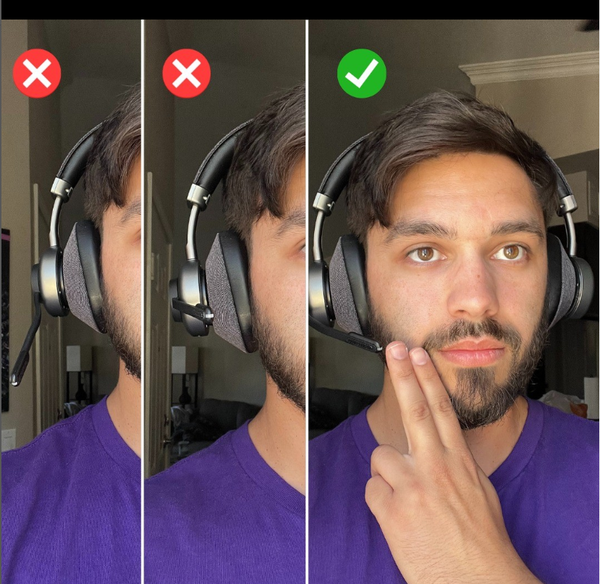
-
Windscreen. You might also consider using a microphone wind screen because it can help to improve sound. In some offices Air Conditioner fans, or personal fans may blow air towards you. When that happens, it can have a negative effect on your headset microphone performance.
One simple solution is to slide a foam windscreen onto the end of the headset microphone. That will help shield the microphone from the wind. Another benefit of using a windscreen is it helps to keep the microphone clean, and free of dust, dirt, and once again, small pieces from that ham sandwich.
Final thoughts
Whether you work in a quiet office, one that has moderate noise, or even the noisiest of offices, having a headset with a good quality microphone that’s capable of removing noise well, is simply a good idea.
For those that work in a quiet office, they too can have sudden interruptions, or sound spikes for a number of different sources. And when that happens, a good quality noise canceling microphone will dampen that noise so your callers aren’t jolted, or suddenly surprised. It helps to keep things professional.
And those that work in an office with moderate noise, or even a high amount of noise, well, it goes without saying that giving your callers a better call experience simply makes sense. Do you really want them hearing all that noise in your background?
The good news about using a good quality, noise reducing headset is you don’t have to do anything because the headset microphone does all the work. You just talk as normal, and when noise gets testy, you don’t have to worry because your callers aren’t hearing it.
Ai Software option
And if you have a headset, or headsets that you recently purchased, and the noise canceling isn’t as good as you’d like, you do have an option over replacing them. There’s an app called Krisp, which is some Ai software that’s designed to help reduce noise.
Effectively, it’s another layer between your headset, and the application you’re using. Krisp is designed to remove noise, and you can try it out for free. And no, we’re not being compensated for that mini ad. I just thought it was worth mentioning because it’s another tool in the fight against unruly background noise.
Have questions, or need some headset help?
If you have any questions, or need some help finding a compatible headset solution, make sure to reach out to us here. We’ve been helping customers of all sizes with their headset needs since 1994, when I started the company.
And when you contact us, make sure to ask about our unique headset trade-in program where you can get cash or credit for your old headsets, which sure beats having them gather dust in the storeroom, and it also lowers the price of new headsets, which is a good thing.
And if your budget is a bit tight, we have a very affordable monthly headset lease program, with headsets starting as low as $2.00 per month. This means you don’t have to come up with the funds to buy your headsets, and you also don’t have to worry about having outdated equipment.
This program also includes replacement headset accessories, and a warranty that never expires, which saves you money, and gives you peace of mind knowing your headsets are always covered by a warranty.

